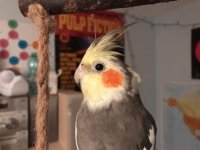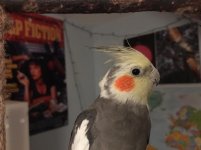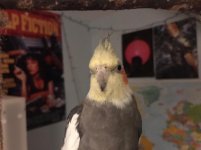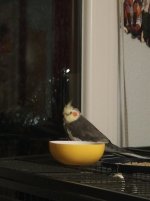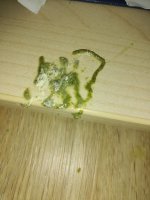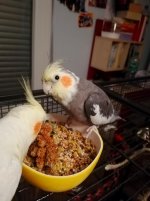- Aug 21, 2010
- 32,673
- 9,792
- Parrots
-
Goffins: Gabby, Abby, Squeaky, Peanut, Popcorn / Citron: Alice / Eclectus: Angel /Timneh Grey: ET / Blue Fronted Amazon: Gonzo /
RIP Gandalf and Big Bird, you are missed.
You can ask for a copy of the tests, and post here, ill help you look through them, or you can Google and check against normals.
If he has elevated liver values, that's only going to tell you something is up with liver. It can't tell you what caused it, viral, bacteria, chronic metal toxicity, tumor, genetic defects, or other toxins liver is filtering out.
Not all things turn up in culture, tho its an excellent tool. Or they have to be repeated because of intermittent shedding of organisms..
Blood work, is a tool.
Everything helps point to tge cause. And some vets are better at figuring out, or this us a tricky case. Really its hard to know.
Wow thank you so much, you're a Saint! Definitely going to be the first thing to do when I'm calling my vet tommorow. I hope I get a copy. It's an older blood sample but I've been dealing with this for quite a time so maybe they'll still be useful. Worst case scenario: I go to another vet and demand antibiotics (I'm that desperate)
No harm in seeking a second opinion. Even the most competent and experienced medical professionals may have dueling diagnoses!
